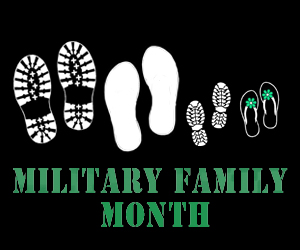With more and more people with disAbilities entering the workforce each year, the demand for increased accessibility on job sites continues to grow. While many places of employment adhere to ADA standards, there are other things to consider when looking to improve accessibility. If you’ve just started a new job or have found certain difficulties completing your duties at your current position, these two strategies can help better problematic situations.
Speak Up and Ask About Accessibility
Perhaps the building’s entrance is equipped with a ramp and automatic door opener but the door to your office or company suite is not. Maybe the accessible bathroom or stall is too small and difficult to maneuver in, or your cubicle doesn’t allow you to make turns in your chair. Most of these issues have relatively simple solutions and employers shouldn’t be hesitant to requesting changes to the building manager or scheduling the updates themselves. However, if you do not speak up and report these issues, they might go permanently unnoticed. Even if you find that your employer is not convinced that the changes are necessary, be sure to stress to them that workers are likely to be much more productive in an environment they can easily access and feel comfortable in.
If You Have a Disability Don’t Be Afraid To Ask For Help
While we wish every single building or office in the world was 100 percent accessible, sometimes people with disAbilities must work around unavoidable barriers. If you find that there are aspects or areas of your job that you cannot independently complete or access, don’t hesitate to ask for help. Whether it’s by opening a heavy door or carrying your laptop to the conference room, most of your colleagues would be happy to be of assistance. It might be especially helpful to designate a routine for a specific co-worker to help with a task you know you’ll be performing each day.
Whether it’s your first job or where you plan to retire, your place of employment should be comfortable and accessible – an environment in which you can thrive. Report issues and ask for help whenever you need it and you’ll be working towards a fulfilling and rewarding career.


